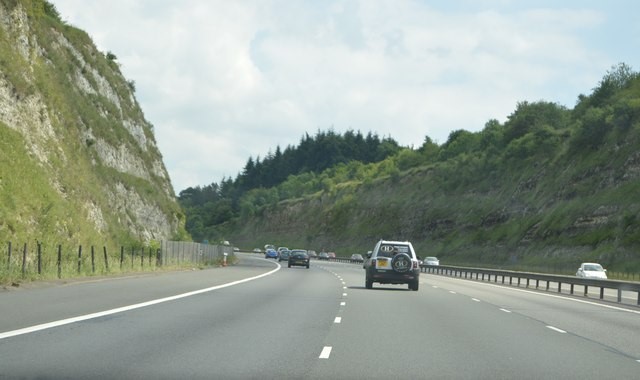A huge failure of the imagination
It’s been said many times before, but there is something bizarrely perverse about persisting in the construction of new major roads in a country like ours with limited space and fiercely competing demands on land use.
Over 50 years ago, the American writer Wendell Berry summed up the impact of road-building, when he described the differences between a path and a road (other than the obvious one of size). A path, he said, respects topography, whereas a road actively and permanently resists it. Movement is not enough for a road; it craves haste.
“Its wish is to avoid contact with the landscape; it seeks so far as possible to go over the country, rather than through it . . . its tendency is to translate place into space in order to traverse it with the least effort. It is destructive, seeking to remove or destroy all obstacles in its way. The primitive road advanced by the destruction of the forest; modern roads advance by the destruction of topography” (Wendell Berry: Native Hill 1968).
When you drive from London westwards along the M40, you suddenly come upon a really impressive piece of engineering where the motorway slices through the Chilterns and reveals Oxfordshire spread out below. The vast cutting with its towering banks on either side makes an impression on me every time, and no doubt many others as well.

© N Chadwick – geograph.org.uk/p/5653846
But the nature of that impression has changed over time from a reluctant admiration to deep regret, if not anger, at such a wanton act of landscape vandalism.
It didn’t end there, of course. Otmoor was saved by a passionate and successful protest movement that diverted the motorway’s course, but much was irretrievably lost, such as the integrity of the ancient Bernwood Forest.
And the dramatic interruption to connectivity for wildlife was hugely damaging to biodiversity. It may not be entirely fanciful to imagine – in the unlikely event that humanity could last that long – the evolution of the flora and fauna either side of the M40 diverging where it has created an impassable rift.
It doesn’t have to be this way.
Just a few years ago, there was a notorious bottleneck on the A3 at Hindhead in Hampshire. The imaginative solution to this was to build a 1.3 mile tunnel under the previously ruined beauty spot known as The Devil’s Punch Bowl. Just six years after the tunnel was opened in 2011, the route of the old A3 was recognised as a wildlife haven, “London Road, Hindhead”, greatly appreciated by many visitors – and the returning wildlife.
Would it not be extraordinary, and extraordinarily positive, to build a wide green bridge over the M40 where it cuts through the Chilterns, reconnecting nature with scrub and wildflower meadows, and creating a new Chilterns footpath for humans?
That would certainly be more imaginative than the “capital enhancements” – i.e. new roads and the widening and lengthening of existing ones – envisaged in National Highways’ Road Investment Strategy 2: 2020–2025 (RIS2).
It would also contribute to the containment of the climate and ecological crises.
The capital enhancements in RIS2 account for about £14bn of its total expenditure of £27bn. Much of the rest is earmarked for necessary maintenance. No doubt, the forthcoming RIS3 will require an equally “eye-watering” amount of investment.
Imagine how the cancellation of the capital enhancements in both could, on their own, fill about half of the £40bn hole in the nation’s finances . . .
Nigel Pearce
 Jon Reeds
Jon Reeds
 Nigel Pearce
Nigel Pearce